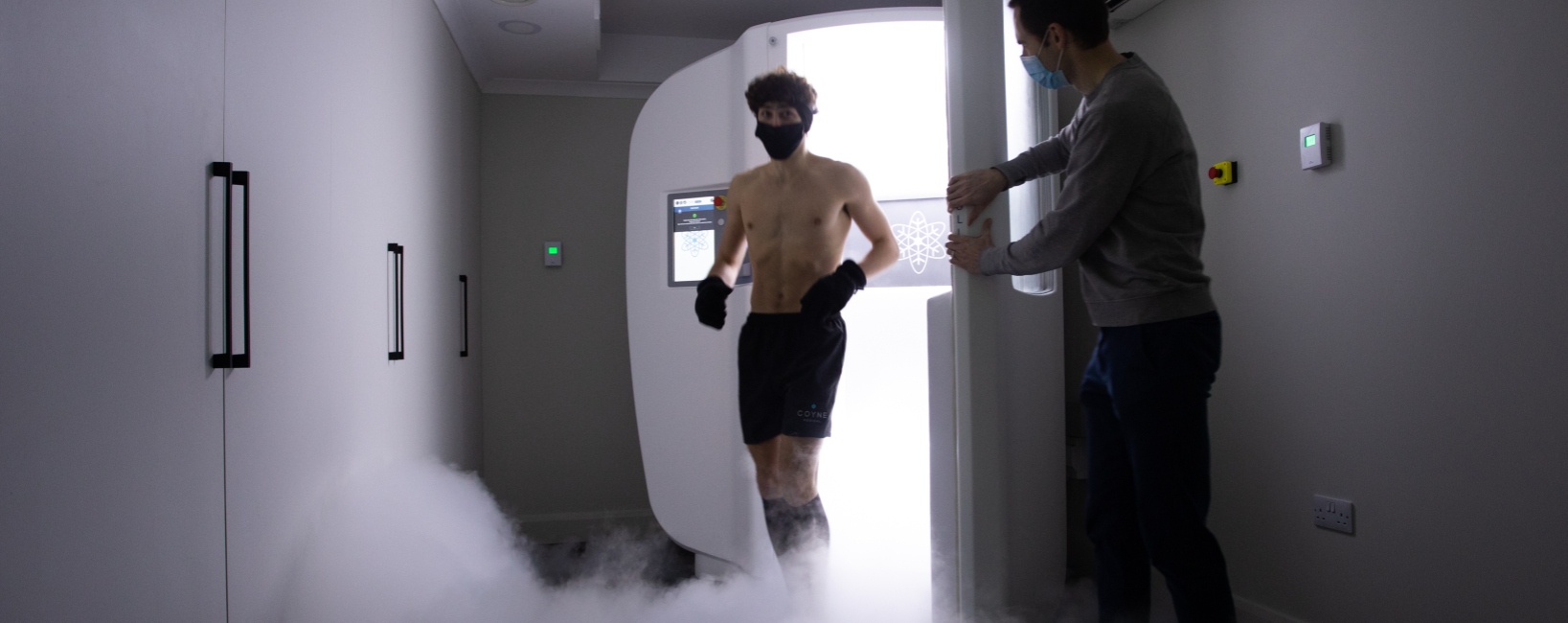
Can Whole-Body Cryotherapy Improve Your Mood?
Whole-body cryotherapy has been used since the 1980s to improve pain and function in various forms of arthritis. More recently, it has become a popular method amongst athletes to improve their recovery from exercise, reduce muscle soreness, and increase their general sense of wellbeing.
If you have ever jumped into the freezing-cold sea in winter or braved an ice bath, you will know that afterwards, you feel fantastic. As the endorphins released by your body course through your blood vessels following the cold exposure, you feel alive. You are bristling with energy.
Many people struggle with low mood or anxiety. The complexity and relentlessness of modern life exacerbate this. There is an understandable reluctance for many people with mental health issues to take medication. Interest in strategies other than medication to treat depression and anxiety has been growing in recent years. This includes the use of cold therapy to treat mental health issues. A case report published in the BMJ on this received considerable press coverage. The case report described how a 24-year-old woman who had been on antidepressant medication since the age of 17, took up weekly open water swimming and was eventually able to give up her medication.
Open water swimming is not readily available to everyone, and having ice baths involves the purchase of a considerable amount of ice. For some people, whole-body cryotherapy for three minutes at a time provides a more convenient solution. Scientists have examined whether this might be effective in depression and anxiety.
Cryotherapy and cold water immersion activate the ‘endogenous opioid system’. This is the system in the body that influences pain perception, sense of wellbeing, addictive behaviour and reward. Cryotherapy is also known to have a positive effect on sleep.
Scientists in Poland sought to discover whether cryotherapy using a whole-body cryo chamber could be beneficial for people with depression or mixed depression and anxiety. The study involved people aged 18-65. The control group received standard medication for depression and anxiety. The study group, in addition to medication, had 15 sessions of cryotherapy daily, each one lasting 2-3 minutes. In the study group, over a third of participants had a 50% improvement in depression symptoms and almost half had a 50% improvement in anxiety symptoms. In the medication-only group, only 3% had a 50% improvement in depression symptoms and none had a 50% improvement in anxiety. Now, it should be noted that medication takes at least three weeks to have any beneficial effect on depression and anxiety. However, this study does show that there may be a significant benefit to be gained by people with depression and anxiety at the onset of their treatment.
Even if you do not have depression or anxiety, cryotherapy may be useful for your mood. In a randomised controlled trial of runners, cryotherapy significantly improved the general sense of well being of the athletes after vigorous exercise compared to far infra-red therapy and passive recovery.
Anecdotally, many people – including me – report a sense of euphoria for several hours after being in the chamber. So, by taking three minutes out of your day, whole-body cryotherapy could potentially change your mood for far longer.
Dr Hugh Coyne
Private GP